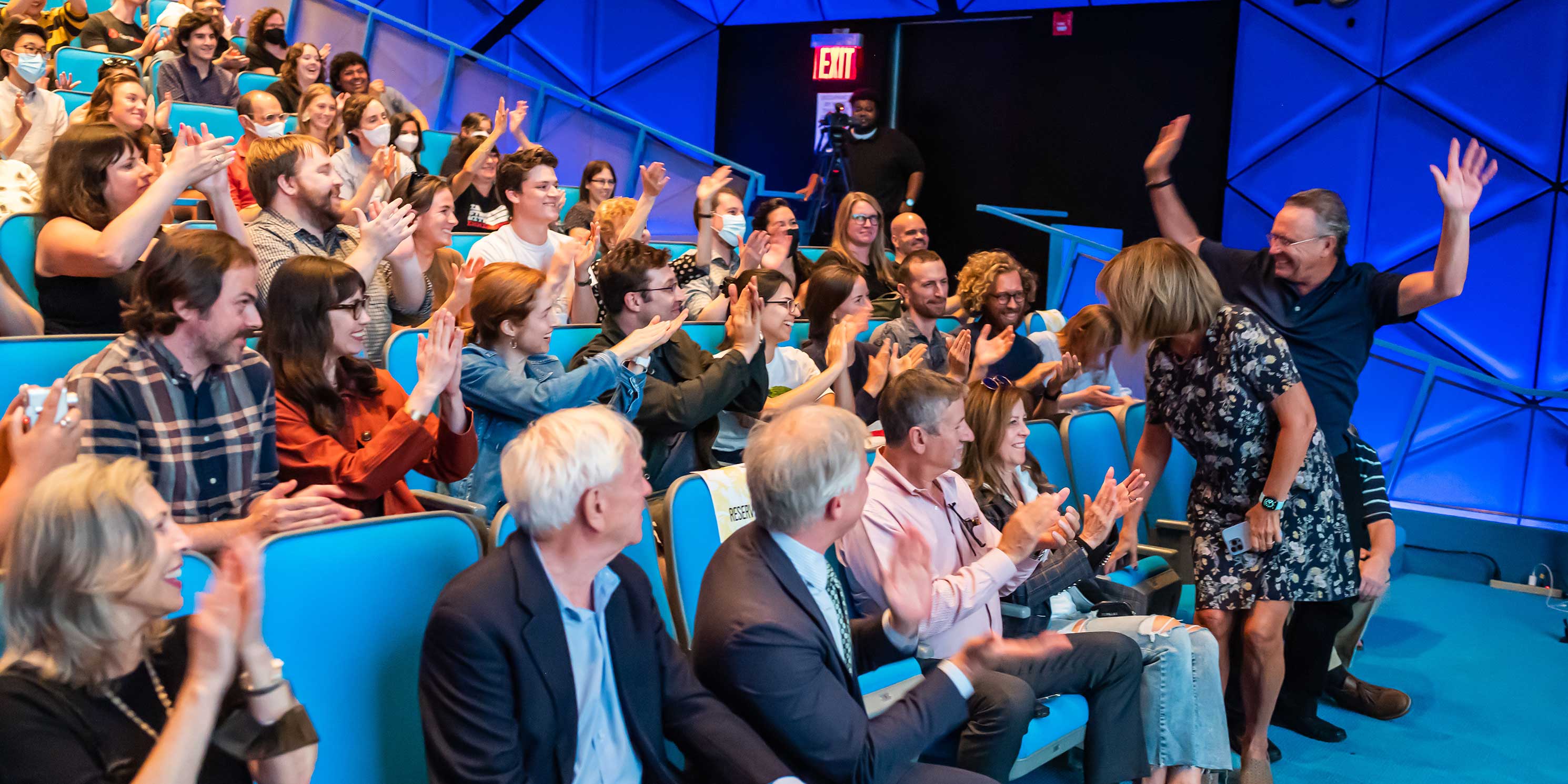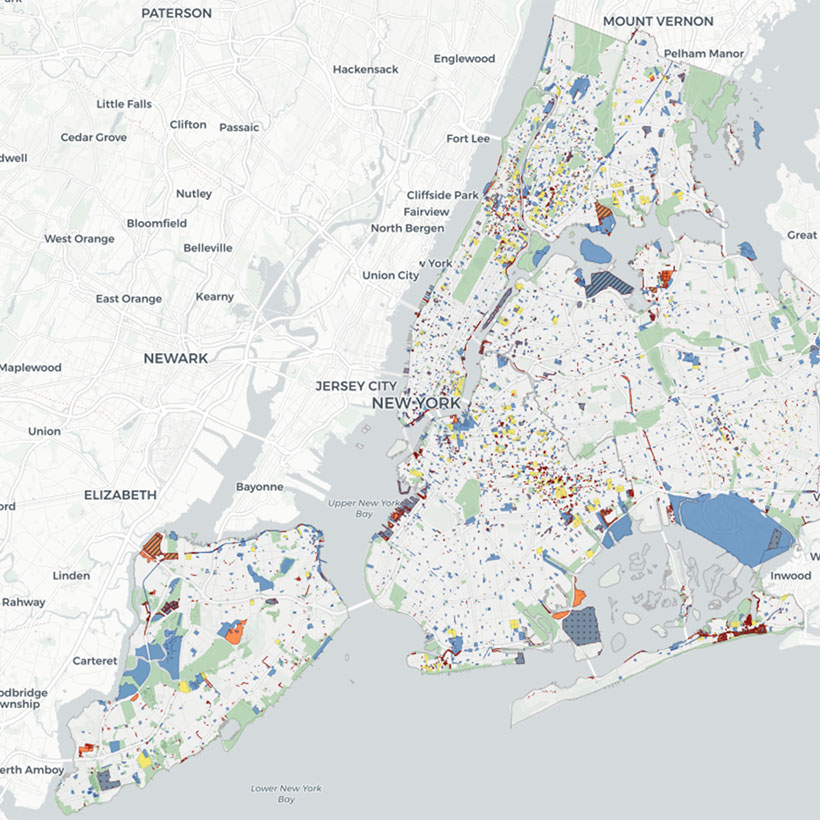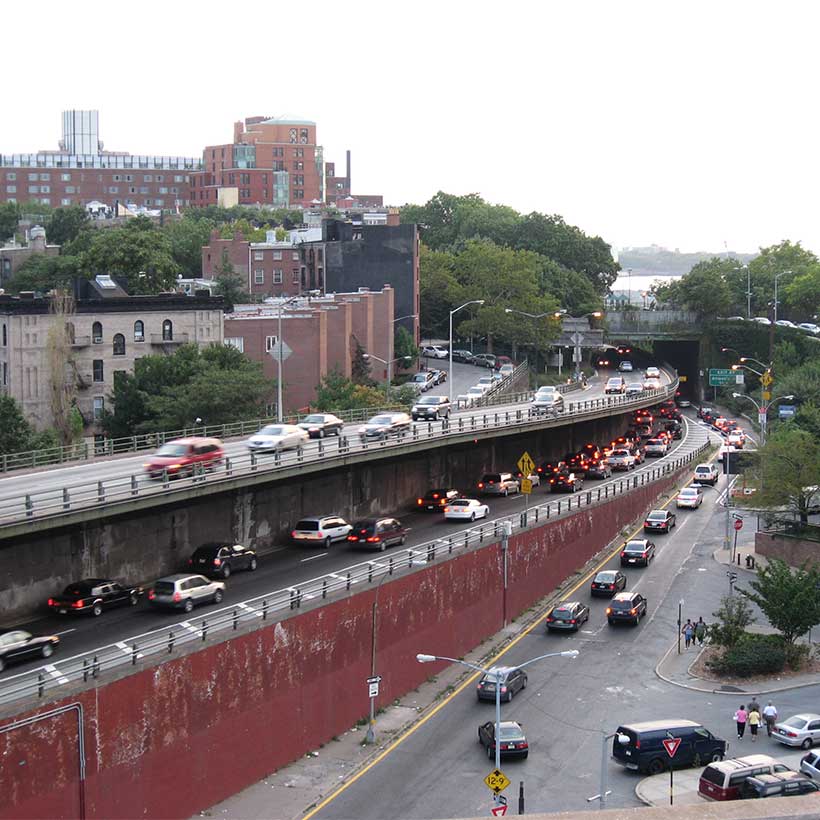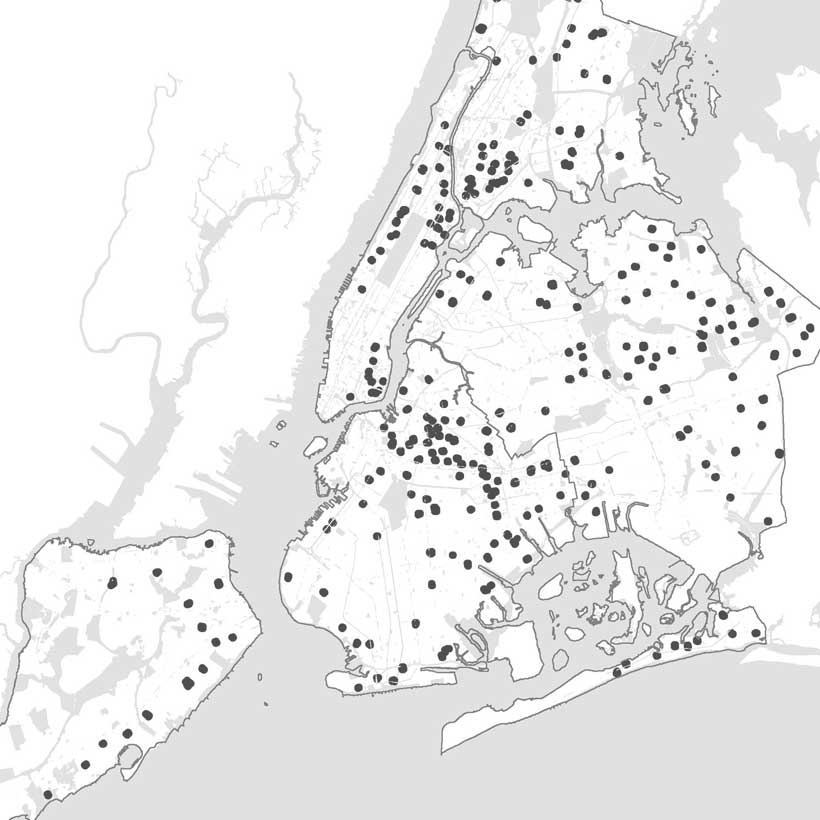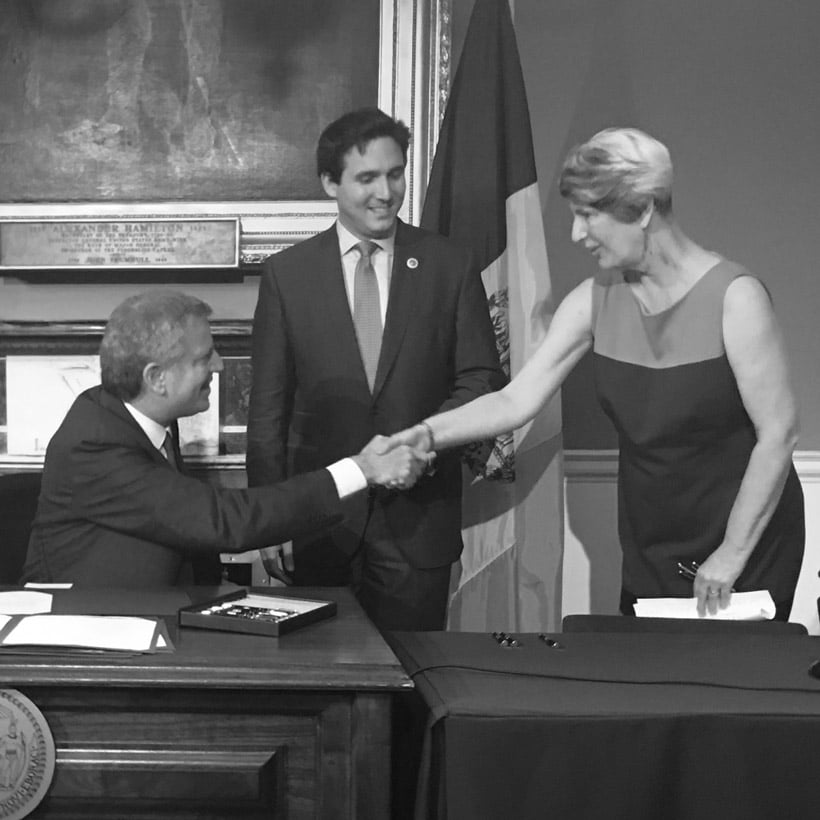President’s Letter: July 2019
Hot, hot, hot. Twice recently, I walked through Midtown at midday with my husband, who is usually holed up in leafy Jackson Heights working from home. The first time it was only in the low 90s but the humidity was up there too, and the second day was that blazer two weeks ago when the temperature was reaching for 100 degrees. He was astonished to be able to feel the heat coming off buildings, pavement, and vehicles. (He has spent the vast majority of his life in the temperate Bay Area.) But his observation is correct. It wasn’t just hot because of the air temperature; it was especially uncomfortable because of the heat radiating off every surface around us. I didn’t have the heart to point out that all that air conditioning that provides such relief indoors is making the street a furnace.
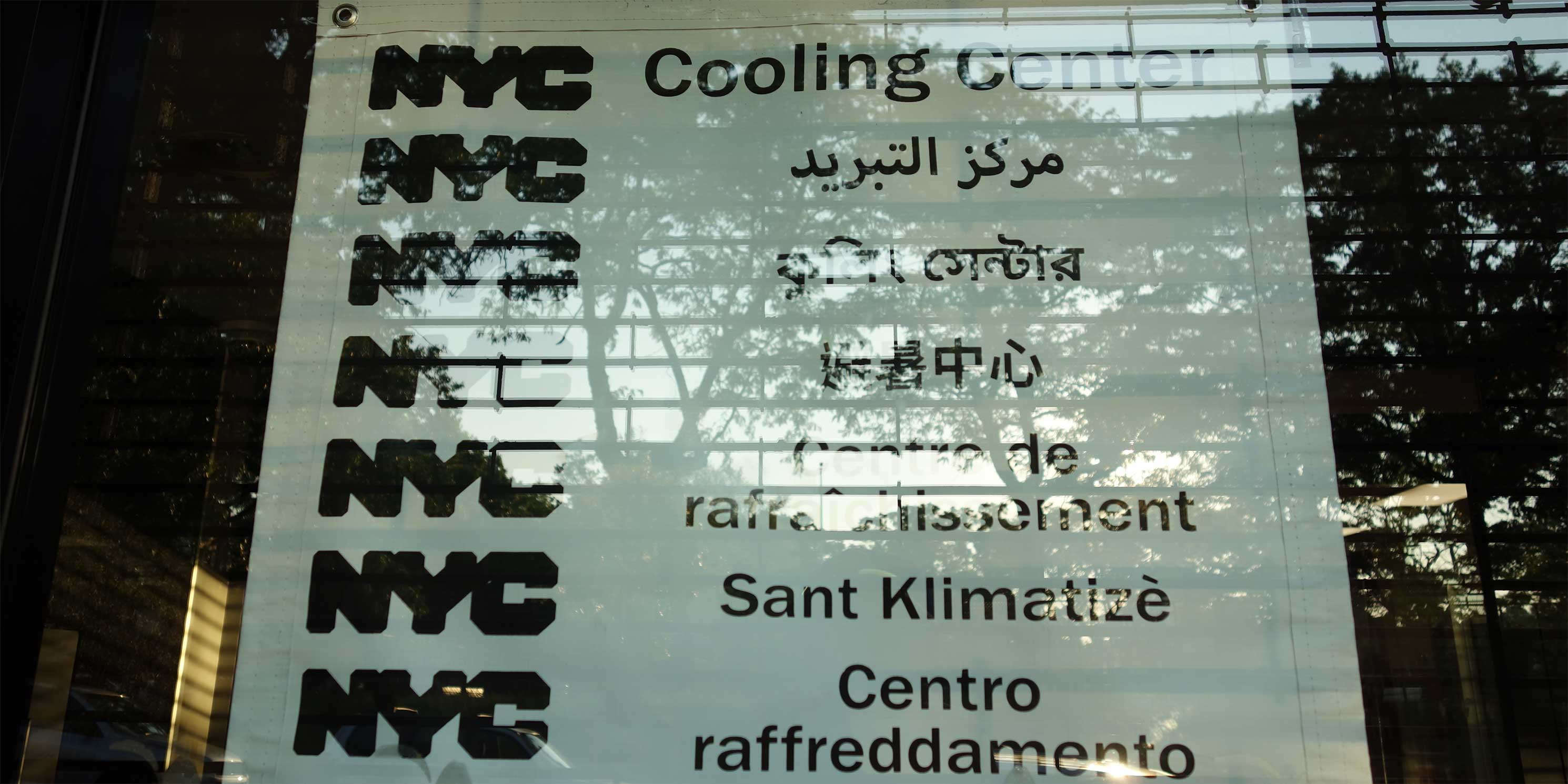
According to the Centers for Disease Control and Prevention, extreme heat now causes more deaths in U.S. cities than all other weather events combined. In New York City, a Natural Resources Defense Council (NRDC) study predicts 67 more extreme temperature days and more than 4,500 deaths a year by 2050 unless we find a way to stem the phenomenon–and meanwhile, people are losing their lives.
In Dallas, they are trying to do something about it. The city has been pursuing an aggressive tree planting plan to mitigate heat island effect in its most vulnerable communities. Their projections say that a 15-degree decrease in temperature might be achievable. The Dallas City Council is on board and with the help of the Texas Tree Foundation, the Trust for Public Land, and the NRDC, they are implementing the plan.
In Portland, a similar study looked at the overall effect of tree planting, reflective roof materials, and green roofs and found all of them effective, with the first two having the greatest impacts. In that study, projections were made comparing temperatures in places with more hard surfaces and places where trees and other natural cooling mechanisms were already in place. The punch line? Up to 20-degree differences in temperature were projected.
It’s important to remember too that the difference between shade cast by trees and shadow cast by buildings is vast. Trees lower temperatures and provide other health benefits. Buildings shadow the street providing modest relief on a hot day, but they are also generating heat that is created and retained by the building itself.
And speaking of heat, I can’t imagine what it was like to be standing on a subway platform that fateful Friday night earlier this month when the 1, 2, 3, 4, 5, and 6 trains ground to a halt. The heat being expelled from air conditioned but stalled subway cars must have made a deeply frustrating experience almost unbearable.
The weather has broken a little for now. I can only hope that you are reading this from a sandy beach but if not, may your transit experiences be speedy and uneventful!

Elizabeth Goldstein
President
The Municipal Art Society of New York
